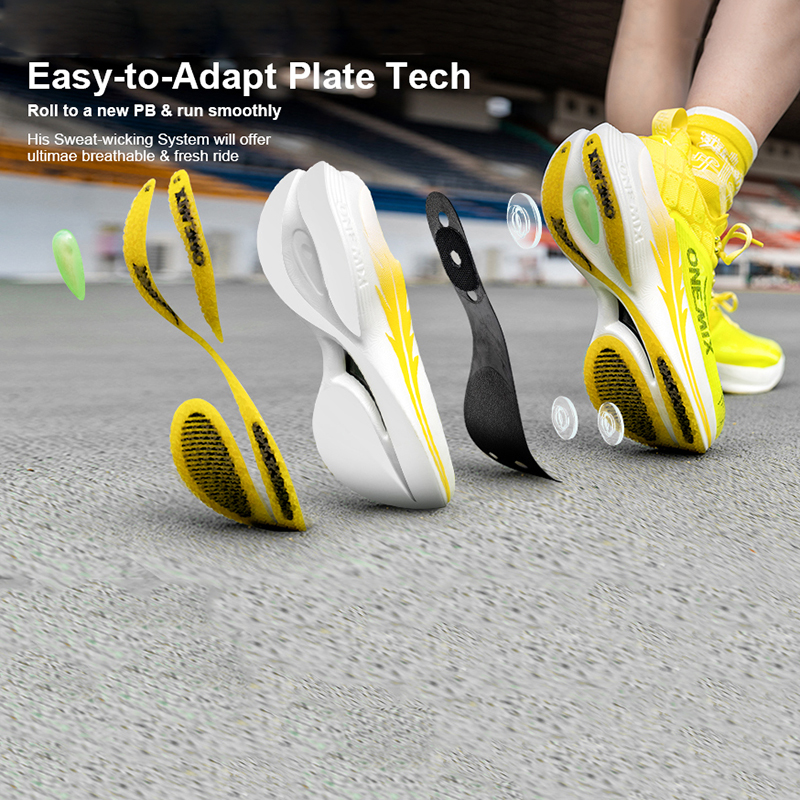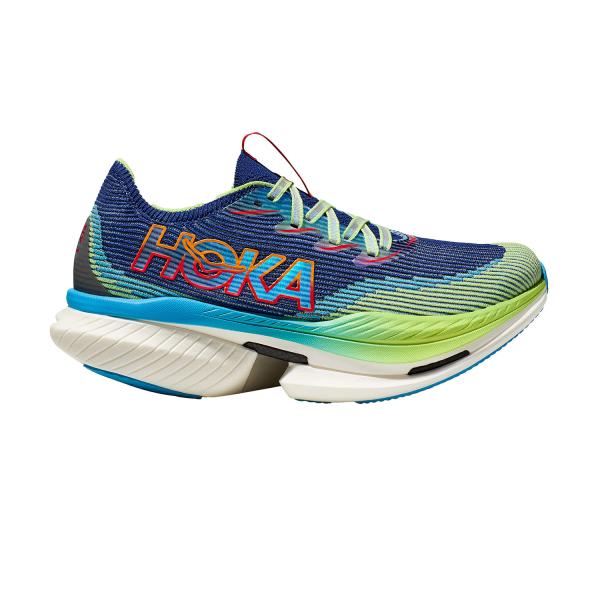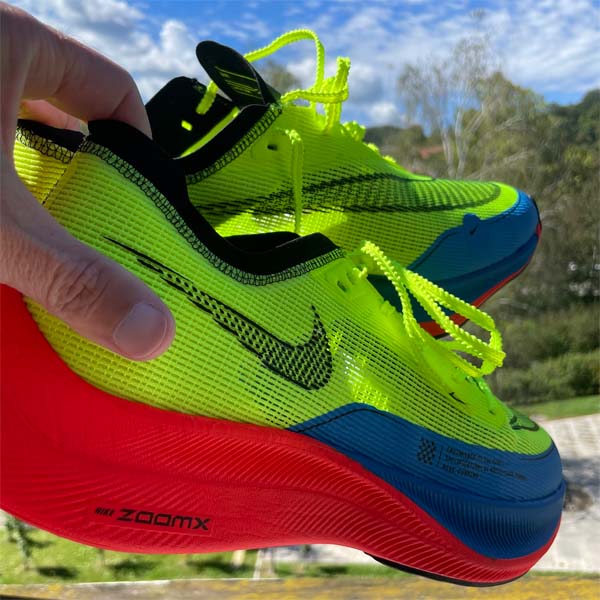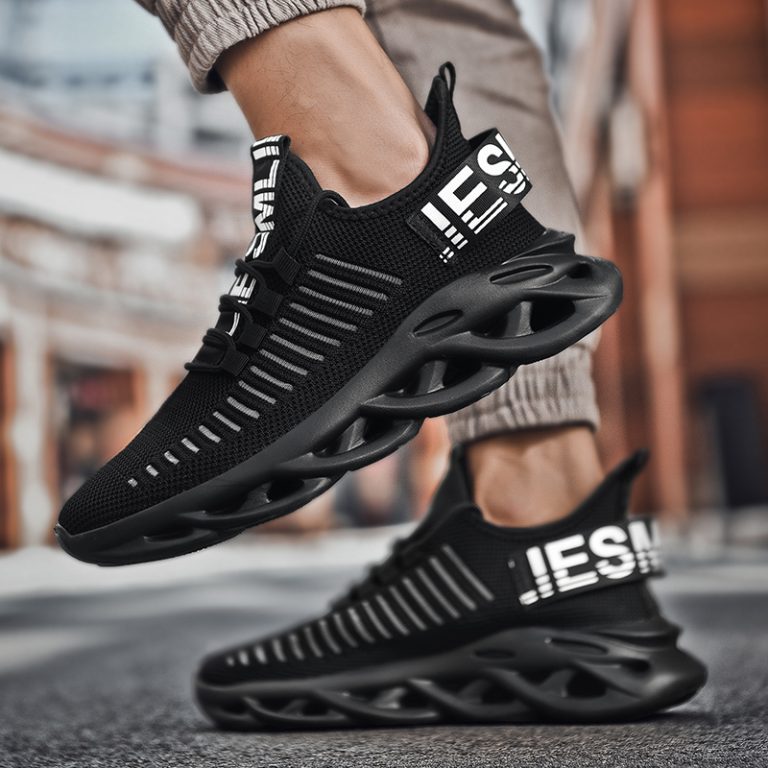Introduction to Carbon Plated Running Shoes
Carbon plated running shoes have taken the athletics world by storm. They feature a unique design, with a rigid carbon fiber plate embedded in the midsole. This cutting-edge addition is at the heart of their prowess, and it sets them apart from traditional footwear. These shoes are not just about style; they are a technological marvel meant to enhance a runner’s efficiency.

Athletes and casual runners alike are now interested in these shoes. They promise improved performance outcomes and a fresh running experience. The inclusion of carbon plates aims to offer better energy return with each step. This technology appeals to those looking to shave seconds off their running times.
In recent years, these shoes have dominated the market, thanks to glowing endorsements and intriguing success stories. Even amateur runners are curious about their benefits. As carbon plated running shoes gain popularity, understanding their impact on running dynamics has become essential.
In this review, we will delve into their evolution, analyze their benefits, and compare them with traditional running sneakers. We’ll explore the brands leading this technological charge and discuss their future in running footwear. Prepare to discover how a simple carbon plate could redefine your running experience.
The Evolution of Running Shoe Technology
Running shoe technology has seen impressive advancements over the years. The journey began with basic rubber-soled sneakers. These provided minimal cushioning and support. Runners then saw the introduction of various foam materials. They aimed to enhance comfort and shock absorption. By the late 20th century, synthetic materials and gels became common in midsoles. They improved shoe longevity and stability.
The early 2000s marked the era of personalized performance footwear. Brands began offering shoes tailored for different running styles and foot shapes. This period also introduced the concept of minimalist running shoes. They were meant to mimic barefoot running mechanics.
In recent years, the focus shifted to maximizing energy efficiency. Manufacturers started experimenting with midsole technologies. The carbon plated running shoes are the latest innovation in this field. With a rigid carbon fiber plate, these shoes represent a significant leap in design and functionality. They serve to propel runners forward more effectively than ever before.
These shoes have quickly ascended within the market. Their performance benefits attract both elite athletes and everyday runners. The evolution from simple rubber soles to carbon fiber plates shows the industry’s drive for improvement. It underscores a relentless pursuit of the perfect running shoe. Carbon plated running shoes stand as a testament to this ongoing evolution. They blend historical knowledge with cutting-edge technology.
Key Benefits of Carbon Plated Shoes for Runners
Carbon plated running shoes offer runners several compelling advantages. First and foremost, they provide enhanced energy return. The carbon plate acts like a spring. It stores and releases energy with each step. This leads to more efficient running. Runners can maintain higher speeds for longer periods. Secondly, carbon plated shoes support better propulsion. The stiff nature of the carbon plate helps propel runners forward. This improves their stride and pace.
Another benefit is reduced fatigue. By improving energy return and efficiency, runners exert less effort. This means they can run longer distances without tiring quickly. Additionally, these shoes offer increased stability. The carbon plate helps maintain the foot’s structure during runs. It prevents excessive foot movement that can lead to injuries.
Moreover, many runners report a unique feeling of responsiveness when wearing carbon plated shoes. This sensation can boost confidence and performance. Lastly, athletes often find that these shoes help in pace management during races. They allow for consistent speed, which is crucial in competition. In summary, carbon plated running shoes can transform a runner’s experience profoundly.

Comparing Carbon Plated Shoes with Traditional Running Sneakers
When considering carbon plated running shoes against traditional running sneakers, several differences stand out significantly. The key is in the structure and performance outcomes.
Traditional running sneakers often prioritize cushioning and support. They commonly use foam and gel materials in the midsole. These contribute to shock absorption and comfort during runs. Their designs have evolved, but the focus remains on protecting the feet over long distances.
In contrast, carbon plated running shoes showcase a strategic leap in technology. The main feature is the carbon fiber plate lodged within the midsole. This plate changes the game by offering runners superior energy return. With carbon plated shoes, each stride is more powerful. Runners feel an extra push, which can make a noticeable difference in pace.
Durability is another aspect where carbon plated shoes take the lead. While traditional sneakers might wear down quicker, the carbon plate maintains its integrity over many runs. This means a longer lifespan for the shoe, and potentially, a better investment.
However, it’s not all about performance alone. Comfort and fit remain essential. Some runners may find the rigid feel of the carbon plate less comfortable than the softer midsoles of traditional sneakers. This highlights the importance of personal preference and running style in choosing the right shoe.
Carbon plated shoes also have a distinctive ride quality. They tend to promote a toe-off position, facilitating a more dynamic stride. Traditional sneakers might cater more to heel strikers, offering a different kind of stability and impact management.
Thus, when comparing the two, runners should weigh their specific needs. Carbon plated running shoes excel in efficiency and speed. Traditional running sneakers, on the other hand, may offer more in terms of comfort and versatility for various foot types.
Notable Brands and Models in the Carbon Plated Shoe Market
The carbon plated running shoes market is bustling with innovation and competition. Many brands have introduced models that cater to the high demand from runners seeking performance enhancement. Below are some prominent brands and their standout models in the carbon plated shoe domain:
- Nike has been a pioneer with its ZoomX Vaporfly line, known for breaking marathon records. The Vaporfly series boasts a carbon fiber plate and a light foam for speed.
- adidas entered the race with their Adizero Pro, featuring a carbon plate and responsive cushioning, aimed at providing quick turnover.
- ASICS unveiled the MetaRacer, a shoe that blends its GUIDESOLE technology with a carbon plate to reduce ankle flexion and conserve energy.
- Brooks has the Hyperion Elite series, which uses a carbon fiber plate to promote efficient stride transition, appealing to elite and everyday runners alike.
- New Balance launched the Fresh Foam 5280, combining a finely-tuned precision design with a carbon plate, to support both speed and comfort.
- Saucony offers the Endorphin Pro, which features their patented SPEEDROLL technology to complement the carbon plate, enhancing forward propulsion.
Each of these models signifies a commitment to providing runners with cutting-edge footwear. These shoes are designed with one goal in mind: to enable runners to reach their peak potential. While renowned brands push the boundaries, it’s important for consumers to consider their individual needs when selecting a carbon plated running shoe. Comfort, fit, and running style are key factors that should influence their choice, just as much as the features of the shoe itself.

Scientific Insights: How Carbon Plates Improve Performance
Carbon plated running shoes offer more than just a sleek design. They harness scientific principles to upgrade running performance. Here’s a closer look at how they work.
- Energy Return: A key advantage is energy return. The carbon plate stores energy when the foot lands and then releases it as the runner pushes off. This effect is much like a spring, giving runners a boost with every step.
- Biomechanical Benefits: These shoes also alter running biomechanics. They reduce the amount the toes bend during the stride. This means muscles work less, saving energy.
- Propulsion: Another top feature is propulsion. With traditional shoes, energy can be lost in the compression of the midsole foam. Carbon plates reduce this loss. They give a ‘forward kick’ that improves running pace.
- Running Economy: A carbon plate can boost the running economy. This is a runner’s energy efficiency over a distance. When runners use less energy, they can run faster or for longer.
- Stiffness and Support: These shoes offer stiffness which can increase support. A supportive shoe can help maintain good form, especially when runners are tired.
- Pace Management: For racers, maintaining a steady pace is vital. The responsiveness of the carbon plate can help runners keep a consistent pace throughout races.
Carbon plated running shoes are grounded in thorough research. They match cutting-edge materials with an understanding of runner’s needs. While not suited for all, they are reshaping the running landscape for many. For those focused on performance, these shoes might offer the edge they’ve been seeking.
Potential Drawbacks and Considerations
While carbon plated running shoes provide many benefits, it’s crucial to consider potential drawbacks. First, the cost can be steep. These shoes are often on the pricier side, making them less accessible to every runner. The high investment means they are not an impulse buy but a calculated decision.
Another consideration is adaptation. Some runners might take time to adjust to the rigid carbon plate. This can affect comfort and performance initially. Moreover, the stiff nature of the shoes may not suit every running style. Especially those who have a more flexible gait or prefer a soft, cushioned feel underfoot.
Longevity is another factor. Despite added durability from the carbon plate, these shoes tend to have a shorter lifespan than traditional sneakers. This is due to the wear and tear of the responsive materials designed to boost performance.
For runners with specific biomechanical issues, the firmness of the carbon plated shoes could lead to discomfort or injury. It’s wise to consult with a professional before switching to this type of footwear. This is particularly important for runners who have a history of foot or knee problems.
Lastly, some traditionalists argue that the shoes give an unfair advantage in races. They point out that not all athletes have access to this technology. This has sparked debates in the sports community and governing bodies.
In summary, while carbon plated running shoes can revolutionize the running experience, they come with a set of considerations. Runners should weigh the pros and cons, factoring in cost, comfort, style preference, and potential performance gains against their personal needs and circumstances.
The Future of Running Footwear: What’s Next After Carbon Plates?
The quest for the ultimate running shoe never stops. As carbon plated running shoes redefine performance, the industry looks ahead. What future trends and innovations will shape the next generation of running footwear?
One possibility is the further refinement of the materials used. Researchers may develop even more advanced composites than carbon fiber. These could offer greater energy return or reduced weight. Brands may also explore new shoe designs that enhance natural foot movement or improve injury prevention.
Another area of focus could be sustainability. There is a growing demand for eco-friendly materials and production processes. Running shoes that are both high-performance and environmentally conscious could become a new standard.
Customization is also a trend to watch. With advances in 3D printing, it’s likely that bespoke running shoes will become more accessible. Runners could have shoes designed to the unique contours and biomechanics of their feet.
Technological integration is another exciting frontier. Smart running shoes with embedded sensors could provide real-time feedback on form and performance. These technologies could offer personalized coaching tips and injury prevention strategies.
Lastly, the debate on fairness and regulation may drive innovation. As the sporting world grapples with the advantages provided by high-tech footwear, new rules could prompt the creation of different performance shoe categories.
In short, the future of running footwear is bright with possibilities. From material advances to eco-friendly practices, and from customization to tech integration, what comes after carbon plates will continue to elevate the runner’s journey.

